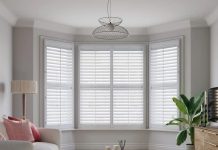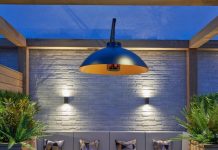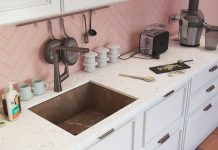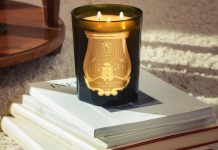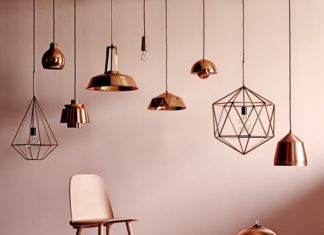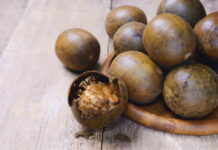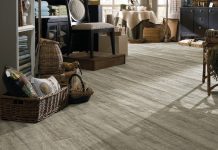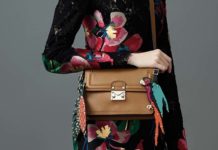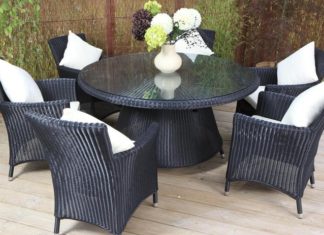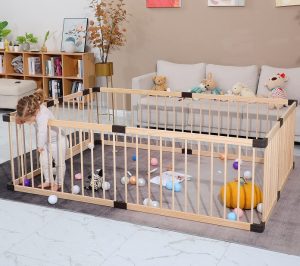
The first baby playpen was created in 1922 by an American woman by the name of Emma Read. She lived in a big metropolis with multi-story apartment buildings and needed to give her two little kids sunshine and fresh air. As unbelievable as it sounds, her playpen, referred to as a “portable baby cage,” hung on supports outside the window. Can you imagine seeing that now?
Today’s playpens have less to do with providing kids with fresh air, and more with giving busy parents some breathing space. In other words, modern designs are primarily used for convenience. They are a fantastic choice for putting a baby to sleep while you work out, clean, or prepare food.
Are Playpens Safe?
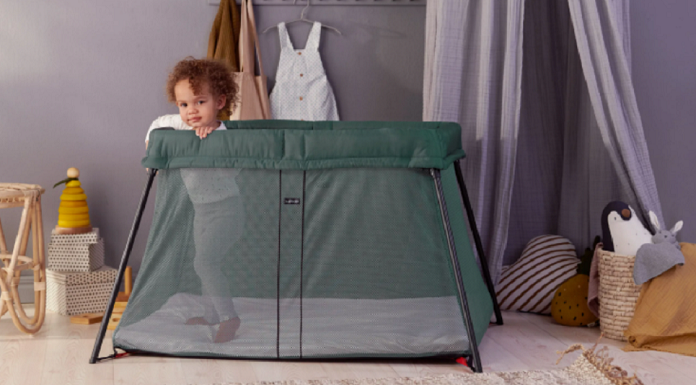
But even if modern designs do not carry dramatic risks as having your child fall off the window, you still need to focus on safety when choosing one. In contrast to cots, strollers, and high chairs, there is currently no statutory or voluntary Australian standard for these baby products.
Yet, several of the baby playpens for sale were found to put children’s safety at risk. They range in severity from relatively minor dangers like protrusions or sharp edges that a kid could bump into to serious dangers like gates that a child could easily open, footholds for climbing, and holes that could trap a head or leg.
Knowing this, the question on every parent’s mind is: Are playpens a good idea? Well, considering they help overwhelmed new parents keep their sanity, we can very well confirm that some of them are. And by “some”, I refer to those made with safety in mind, following strict standards and using quality materials.
So, how can you choose the right one for your child? Bear with me as I answer all your questions about these modern parenting helpers.
How Do I Choose a Playpen?
Knowing What to Avoid
There’s a wide range of baby playpens on the market, and the best way to sift through them is to know what to avoid. If a design you’re eyeing comes with the following features, it’s best to skip it:
Tiny pieces or objects that are ingestible or inhalable;
Sharp edges, points, and corners;
Projections that could harm a child if they get into contact with them;
Features that provide a risk of strangling by tying a child’s clothing in them;
Holes and gaps that could entrap a child’s head, limbs, or finger. Gaps should be between 50mm and 95mm, or between 12mm and 30mm, as bigger ones can entrap a child’s head;
Moving or spinning parts that can cause injuries;
Footholds that your little one could use to climb out.
Knowing What to Look For
Now that you understand which features are a no-no, here’s what you may find desirable.
A Design That Suits Your Needs
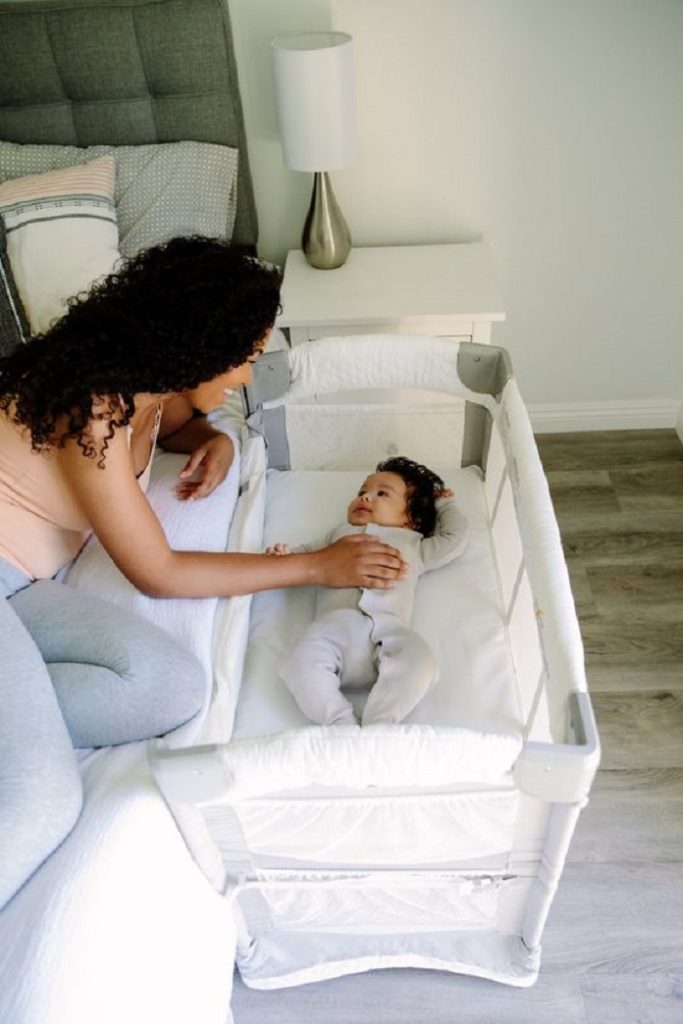
Besides offering a secure area for your child to explore and play, some designs can also be used as temporary beds. These include a bassinet for newborns to sleep in their parent’s room, making them an excellent choice when there is a lack of space.
There are also foldable designs that can be packed into a carrying bag, making them useful for travel. And for those of you who like extra perks, many pens come with a changing table, mobile, and other amenities. Some can even be used outdoors because they are weather-safe.
That said, you begin buying, you must decide how you will use yours.
Able to Support Your Little One’s Weight
The weight of your bub is a crucial factor. Some baby playpens are simply walls that are put up on the ground, and these have no weight restrictions.
On the other hand, many come with a built-in floor which is designed to support a particular amount of weight. Moreover, additional amenities like a changing table or bassinet might have a lower weight limit than the primary baby care playpen.
The Right Size
These tiny baby playgrounds come in a wide range of sizes. Some measure roughly 1m long and 70 cm wide, or the size of a mini-crib. Others are made of individual 80-cm broad panels and are hexagonal or octagonal. Some can even be made bigger by adding more panels.
Consider purchasing a larger size it will be used mostly for play. Before making a buying decision, make sure to confirm the dimensions.
Sturdy Construction
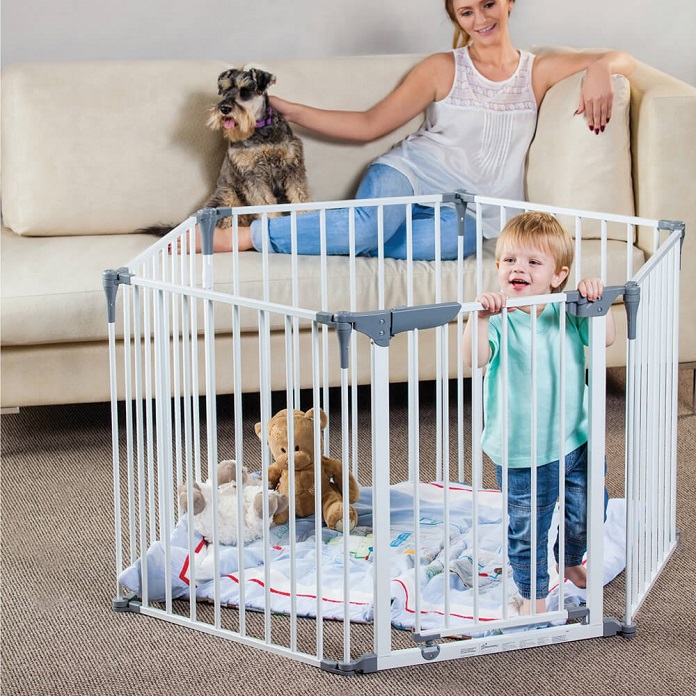
The traditional design featuring bars is a thing of the past. You can now pick between ones made of metal tubing and mesh or those composed of multiple plastic panels. In either case, it’s crucial that the one you select is secure and robust and provides enough of ventilation and visual contact with your infant.
And it goes without saying, that you should make sure it’s strongly built and can resist tipping. While there is no Australian standard, some are certified against the American standard ASTM F1004 or the European standard EN 12227.
To Sum Up
The ideal play area for your bub can be a portable model, an indoor/outdoor inclosure, or a straightforward, reasonably priced choice that doesn’t come with any accessories. Regardless of the model you select, doing your homework will help ensure that your baby is in safe hands and keep you satisfied with the outcome.

